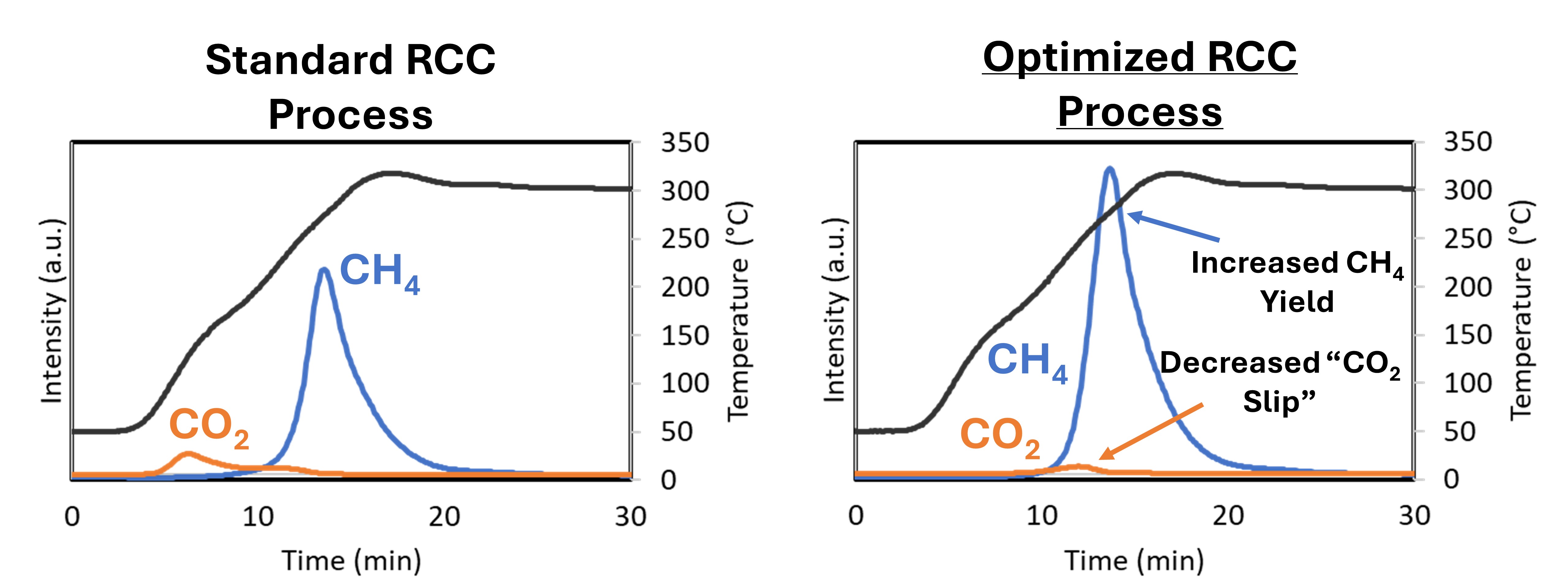(622a) Enhanced Reactive Carbon Capture and Methanation through Catalyst and Process Optimization.
AIChE Annual Meeting
2024
2024 AIChE Annual Meeting
Catalysis and Reaction Engineering Division
Carbon Dioxide Upgrading III: Integrated CO2 Capture and Conversion
Thursday, October 31, 2024 - 8:00am to 8:18am
DFMs have been studied extensively for the capture and conversion of CO2 into CH4. Traditionally, the CO2 capture agent is an alkaline oxide (such as CaO, Na2O, or K2O), the conversion material is a catalytic metal (such as Ru or Ni), and the support is a high surface area oxide. The choice of capture agent and active metal has been studied in the literature extensively, but the role of the support is not well understood. In this presentation, we will compare the performance of DFMs supported on a variety of metal oxides (Al2O3, CeO2, SiO2, and TiO2) and discuss the impact of physicochemical properties on specific RCC metrics, such as CO2 conversion, CH4 production, and CO2 “slip†(desorbed, unreacted CO2). We will also report our findings on the impact of RCC process conditions (such as CO2 loading temperature, H2 concentration, CO2 concentration, rate of heating, and others) on overall RCC performance. Ultimately, we will show an optimized RCC process with rationally designed DFM that we are currently planning to scale-up using larger, continuous reactor configurations.
